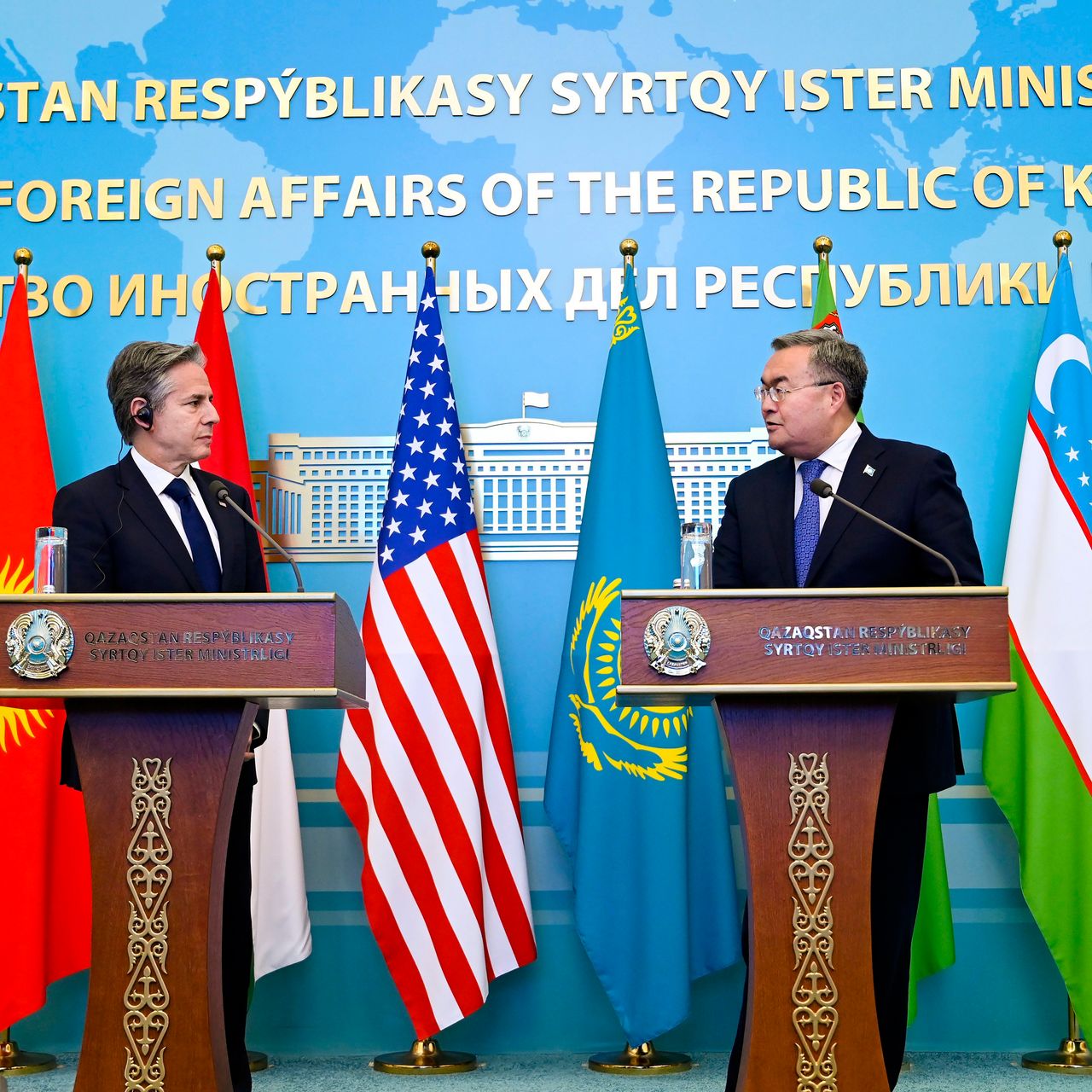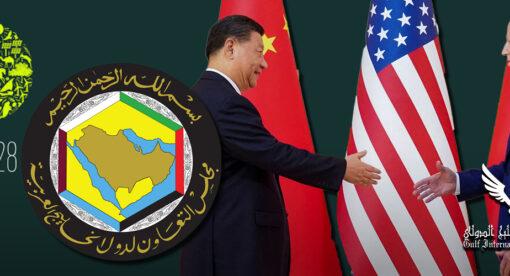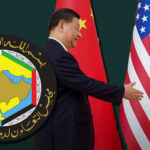An upcoming meeting between Biden and Central Asian presidents presents a foreign-policy opportunity.
A Tuesday summit on the sidelines of the United Nations General Assembly session will mark the first time a U.S. president meets with his counterparts from the five Central Asian nations—Kazakhstan, Uzbekistan, Kyrgyzstan, Tajikistan and Turkmenistan. The C5+1 meeting is long overdue and could be a crucial step in a vital region.
The U.S. needs a strategic approach to the heart of the Eurasian landmass, where it has historically had far less influence than Russia and China. At a time when both Moscow and Beijing face challenges, Washington can establish stronger ties with Central Asia. The key will be to work closely with Kazakhstan, the region’s natural leader. Considering that in 2021 the Biden White House failed even to mention Central Asia in its Interim National Security Strategic Guidance Document, the meeting is a real sign of progress.
The U.S. is still playing catch-up with its adversaries. Xi Jinping hosted the five presidents in the historic Silk Road city of Xi’an this May in an attempt to pull the region into Beijing’s orbit. In October 2022, Vladimir Putin traveled to the Kazakh capital, Astana, to meet his Central Asian counterparts. Central Asian leaders regularly visit Moscow and Beijing.
But Russia’s weakening because of its disastrous war and China’s economic downturn present an opportunity for Washington to foster closer ties with Central Asia, integrating the long-isolated region with the West and the international community.
Read the full article in the Wall Street Journal.












